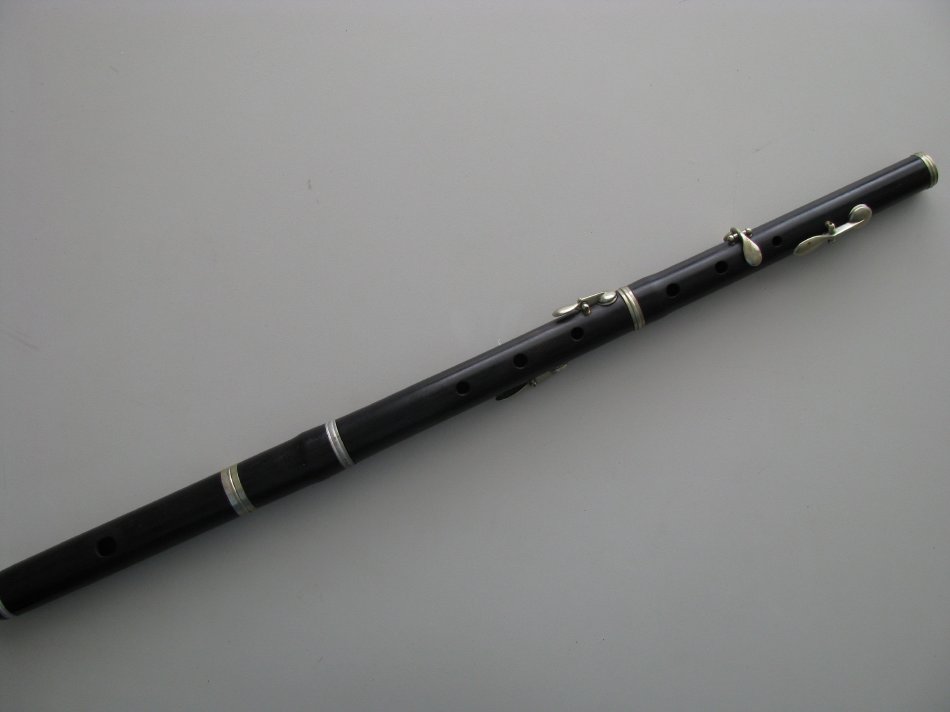

In the early Middle Ages, peoples of northern Europe were playing the instrument as seen in 3rd-century British bone flutes, and Irish Brehon Law describes a flute-like instrument. ) Written sources that describe a fipple-type flute include the Roman tibia and Greek aulos. (A revised dating of the Malham Pipe now places it within the early medieval period. Examples found to date include a possible Neanderthal fipple flute from Slovenia, which according to some scientists may date from 81,000 to 53,000 BC a German flute from 35,000 years ago and a flute, known as the Malham Pipe, made from sheep's bone in West Yorkshire dating to the Iron Age. In Europe, such instruments have a long and distinguished history and take various forms, of which the most widely known are the recorder, tin whistle, Flabiol, Txistu and tabor pipe.Īlmost all primitive cultures had a type of fipple flute, and it is most likely the first pitched flute type instrument in existence. The tin whistle in its modern form is from a wider family of fipple flutes which have been seen in many forms and cultures throughout the world.


 0 kommentar(er)
0 kommentar(er)
